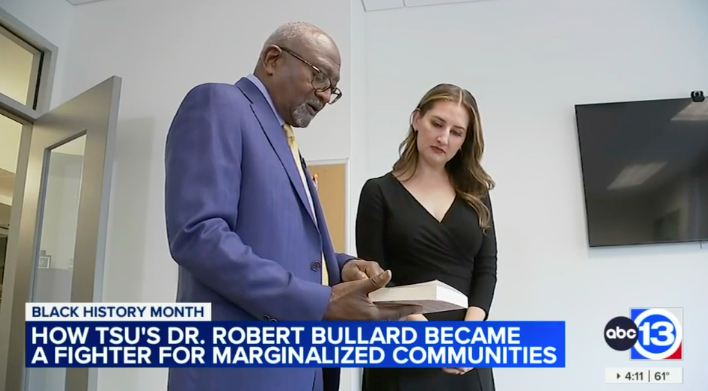It was twenty-one years ago today that the Principles of Environmental Justice were adopted on October 27, 1991 at the First National People of Color Environmental Leadership Summit, held in Washington, DC.The EJ Summit, attended by well over 1,000 delegates, was probably the single most important event in the Environmental Justice Movement’s history.
Participants came from all fifty states including Alaska and Hawaii, Puerto Rico, Chile, Mexico, and as far away as Nigeria and the Marshall Islands. The seventeen principles were developed as a guide for organizing, networking, and relating to each other as people of color, nongovernmental organizations (NGOs), and government. Over the past two decades these principles have strengthened cross-racial and cross-sectors alliances, coalitions, and partnerships. By June 1992, Spanish and Portuguese translations of the principles were being used and circulated by NGOs and environmental justice groups at the Earth Summit in Rio de Janeiro. They also provided the frame for EJ delegates participating in the Rio+20 Conference on Sustainable Development in 2012.
When the principles were signed in 1991, Dumping in Dixie was the only environmental justice book in print. Today, there are hundreds of EJ books covering a wide range of disciplines spanning the globe. The principles laid the foundation for the Environmental Justice Executive Order 12898, signed by President Bill Clinton on February 11, 1994. The Order signing was held in the Oval Office in the White House and witnessed by a number of EJ leaders. Unfortunately, it has never been fully implemented. After lying dormant for nearly a decade under the George W. Bush administration, the Order received new life in 2010 under the Obama administration—with the reinvigoration of the Interagency Working Group (IWG) that called for updating more than a dozen agencies' EJ strategic plans and Plan EJ 2014, a roadmap that will help EPA integrate environmental justice into its programs, policies, and activities.
The principles have provided guidance for the larger EJ Movement and played an important role in moving EJ into all 50 states and the District of Columbia. Today, there are more than a dozen university-based environmental justice centers, four of which are located at historically black college and universities (HBCU), 22 legal clinics that list environmental justice as a core area, and six academic programs that grant degrees in environmental justice, including one legal program. Since the adoption of the 1991Principles, more than two-dozen environmental justice leaders have won prestigious national awards, including the Nobel Peace Prize, Heinz Award, Goldman Prize, MacArthur “Genius” Fellowships, Ford Foundation Leadership for a Changing World Award, Robert Wood Johnson Community Health Leaders Award, and others. While significant progress has been made over the past two decades, much more is needed to ensure that all Americans enjoy healthy, livable and sustainable communities.
Dr. Robert D. Bullard is featured in HBO Original Six-Part Documentary Series
Dr. Robert Bullard, the creator of the environmental justice movement,...




